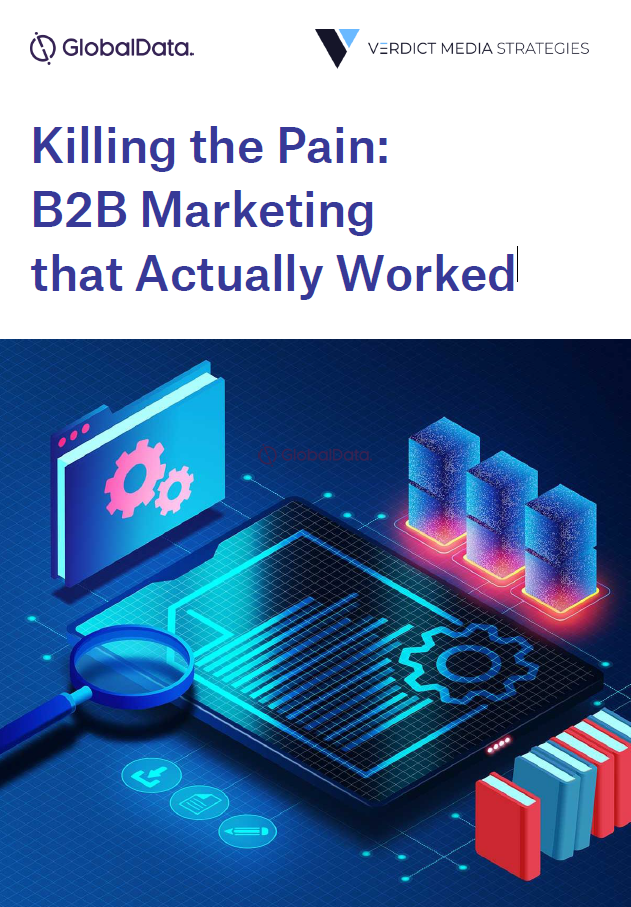
How about Airbnb’s 2017 email campaign during Hurricane Harvey, which offered water-themed vacation homes alongside the promise that one could spend their entire trip ‘without touching dry land’.

Or a 2020 German Volkswagen video advert that portrayed a giant, white hand flicking a black bystander away from a parked Golf 8 and into a restaurant called Petit Colon (French translation: the ‘little colonist’.) It would be difficult to sabotage one’s own brand further and this is not a company with the best historical start – it was once tasked to build ‘the people’s car’ by Adolf Hitler and used slave labour to do so.
In the words of the commander to Tom Cruise’s Maverick in Top Gun: “Your family name ain’t the best in the Navy. You need to be doing it better, and cleaner than the other guy. Now what is it with you?” Commander Stinger would argue that Maverick had lost touch with the target of his mission.

In the ever-evolving landscape of marketing, one aspect reigns supreme: targeting. Accurate and comprehensive targeting lays the foundation for success, while missteps can undermine even the most well-crafted campaigns. In this article, we explore the significance of effective targeting, shed light on the common pain points that arise and unveil some powerful solutions to optimise your efforts.
The data speaks: are you listening?
First, the data is speaking to you.
Aleksandra Rikovski, marketing activation, EE at Chevron International Fuels & Lubricants told us point blank during its Vartech campaign: “We need to listen to our audience in order to develop communications that contain the right message.”
So, we need to ask ourselves are we really listening? And how do we go about it effectively?
We all know targeting helps you to identify and engage with the audience who are most likely to be interested in your products or services. We know it enables marketers to deliver personalised and relevant messages, resulting in higher engagement, conversion rates and return on investment (ROI).
And we know from previous dramatic examples that ineffective targeting can lead to wasted resources, missed opportunities and a lack of resonance with the intended audience.
It is equivalent to a certain million-dollar TV ad in which Kendall Jenner offered a police officer a Pepsi, during the height of America’s Black Lives Matter movement. What went wrong?
The checklist of possible marketing missteps includes incorrect or incomplete audience segmentation, misjudging consumer behaviour, underestimating market saturation, failing to adapt to changing trends and a lack of comprehensive data for decision-making. These hurdles can sabotage campaign elements such as channels, timing, formats and tone, resulting in diminished impact and wasted resources.
Here’s our own checklist for effective targeting, used with brands such as Siemens, Datwyler, Chevron, Hewlett Packard, Verizon, and Abu Dhabi Investment Office.
Targeting success checklist
1. Do the maths (audience research)
Invest time and resources in comprehensive research of your audience. Understand their demographics, psychographics, behaviours and preferences. In the words of AB InBev and ZX Ventures’ Jerome Pellaud: “We crunch data to find patterns from a geographic, store type and neighborhood point of view. We started selling more on Thursdays, for example, but only in certain places, and we realised all of those stores were less than 2 blocks from a train station. So it’s the commute, the convenience, and the access. Ok- so how can we make it more convenient? We set assumptions, test and prove them. We do this in 20 stores, then 50. Then every store.”
We use surveys, analytics tools, customer feedback and in-depth market research to gain valuable insights into the audience’s needs and motivations. We use first-party data because it’s more accurate, complete and reliable. Which brings us to our second targeting rule.
2. Apply what we know (use data analytics)
Leverage the power of data analytics to identify patterns, trends and actionable insights. This includes our own artificial intelligence and machine learning technologies, which extract information about our target audience – covering behaviour, demographics, purchasing patterns and preferences.
3. Dig deeper (buyer personas)
Create buyer personas that encapsulate the characteristics, motivations, pain points and preferences of target audience segments.
4. Get personal (customisation and segmentation)
Use personalisation techniques to align messaging and content for different segments of the target audience. Divide the audience, based on relevant criteria such as demographics, preferences or behaviours.
5. Stay awake (continuous monitoring and optimisation)
Implement robust tracking and analytics mechanisms to monitor the performance of campaigns. Track metrics such as engagement rates, conversion rates and ROI to identify areas of improvement. Use insights to continually optimise targeting strategies, messaging and channels.
6. Embrace the first date (first-party data)
Leverage first-party data, collected directly from customers and prospects. This valuable information provides deeper insight into their preferences, behaviours and purchase history, enabling better targeting and a more personalised experience.
Conclusion
Effective targeting stands as a critical pillar that precedes all others. It’s the first domino. By addressing common pain points through in-depth research, data-driven insights, personalisation, and continuous optimisation, marketers can maximise impact and deliver a relevant experience. The point is to not just protect your brand, but to break through benchmarks.
“We are seeing, for the first time really, what is possible.”
Ingrid Coyle, director of corporate business development & communication at Medelpharm
“Verdict has helped us increase brand awareness about our solutions and services and lead generation, which we can direct to our sales team and track through a real-time dashboard. I’m an engineer at the end of the day, so ensuring that products and services meet the requirements of the market is important to me. We’ll be working with Verdict again this year and we’re looking forward to continued growth.”
Aleksandra Rikovski, marketing activation, EE at Chevron International Fuels & Lubricants



